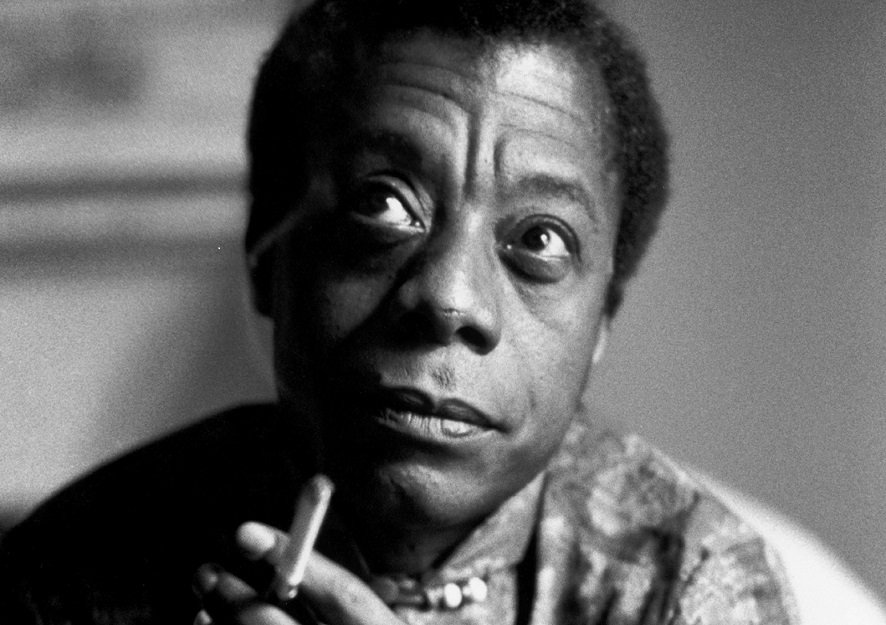Brent Schlender, Rick Tetzeli
Moving backwards, there were three things about this book that really captured my attention.
Lastly, the discussion of what Steve Jobs was like when he wasn’t being… what everyone thinks of when they think of Steve Jobs. The authors reiterate, many times, that the image of Jobs as alternating between ‘a genius’ and ‘an asshole’ was formed when he was very young, skyrocketing to fame at the helm of Apple. Later in life, he’d softened, become better able to have constructive discussions with people instead of just tearing into them – but, to the detriment of his public image, he’d also gotten very good at keeping out of the public eye when he wasn’t being Steve Jobs On Stage. Nobody was really afforded the chance to publicize that newer version of Steve Jobs.
Secondly, I’d never realized how integral to Pixar he was. At most, I knew he’d been involved in the company, led it for a while at some point; I hadn’t realized that he was the owner, one of the original people who built the company out of an immense talent pool bought wholesale from LucasArts. My mental timeline of Steve Jobs, betraying my tech industry bias, went Apple-NeXT-Apple. Pixar was an immense thing to miss out on, and realizing how much he’d shaped both Pixar and, eventually, Disney has me even more respecting the impact Jobs has had on our society.
And firstly, I found myself, over and over, contemplating the scale of technological change that happened within the lifetime of the company he and Wozniak founded. I think about these comparisons a lot, so here’s some of my favorites:
- A single AirPod has more onboard processing power than any given Apollo launch.
- Every Apple Watch, even the glacially slow Series 0, has had more processing power than a Cray-2.
- You can fit the entirety of the original version of MS-DOS in the L1 cache of a single core of a modern i9.
- I’d have to do a lot more math than I feel like doing to confirm this, but it’s not unreasonable to say that the iPad Pro I’m writing this on probably packs more computing power than every Apple II ever sold, combined.
And, even more than all those “ooh, it can do lots of math even faster” comparisons, the thing that kept striking me – reading this, as I was, on an iPad Pro – was just the staggering technological capacity of everything I do with this device. It’s a multitouch touch screen, with a battery of onboard radios, enough storage space for every book ever written; it’s got a lovely keyboard and stylus, both of which attach using only magnets. This device is a miracle of modern technology, and I’ve gotten very used to it. Reading about the Altair 8800, with its toggle switches and LEDs, gave me just enough decontextualization to look at this magical slab of glass and think, wow. Wow.
After reading this book, I think that sort of moment is something Steve Jobs would’ve loved to see.
All in all, I really enjoyed the book, and I highly recommend it. It was nice to see a more balanced look into Jobs’ life, a more human side of the man who so indelibly shaped the modern world. Give it a read.
- Surprisingly difficult to validate this comparison to my own satisfaction – the Cray-2 was in the era of “here’s how many FLOPS this baby can do,” but these days it’s just “what’s the GeekBench score?” and there’s no direct comparison between the two. ↩
- I couldn’t find the actual size-on-disk of the original MS-DOS release, but based on the limitations of the file system, I can reasonably assume it’d fit. ↩
